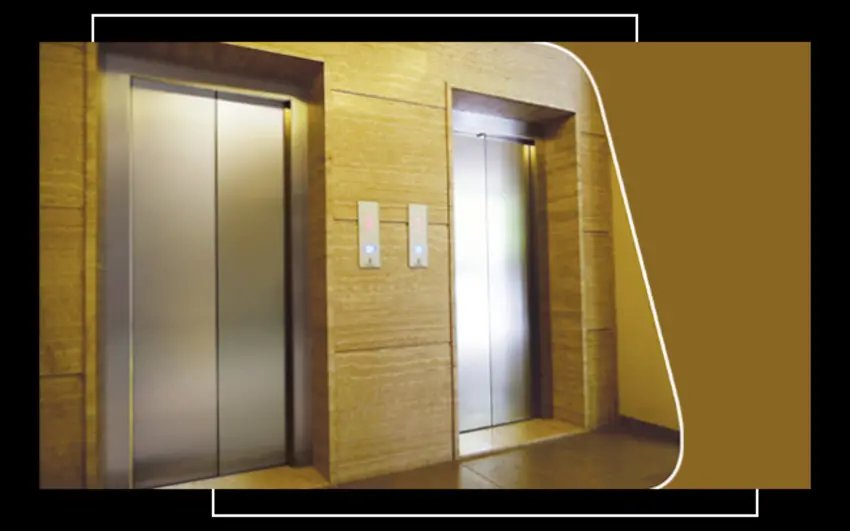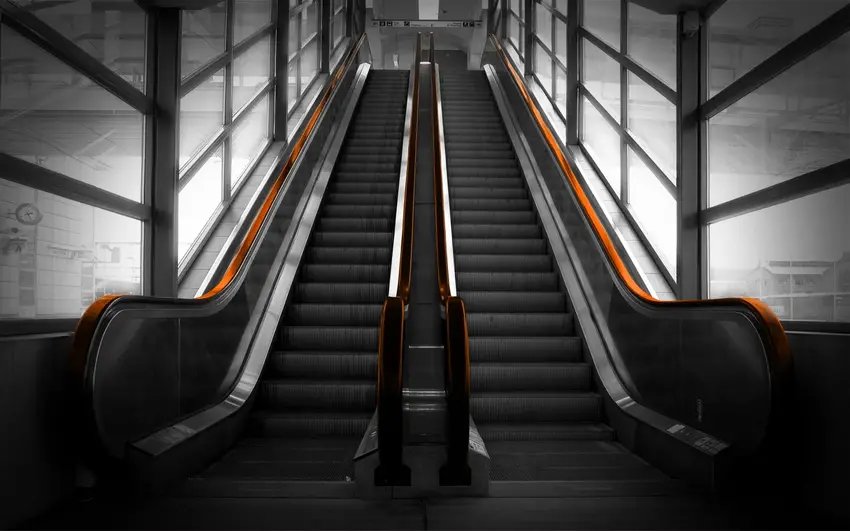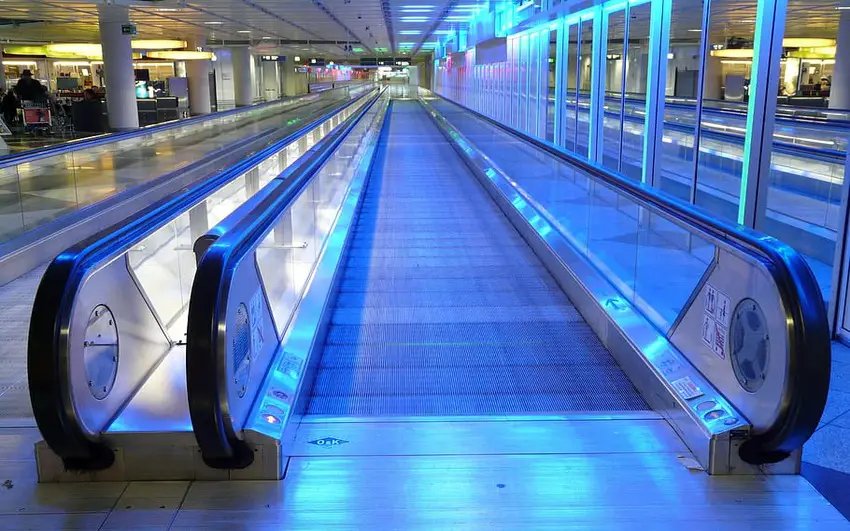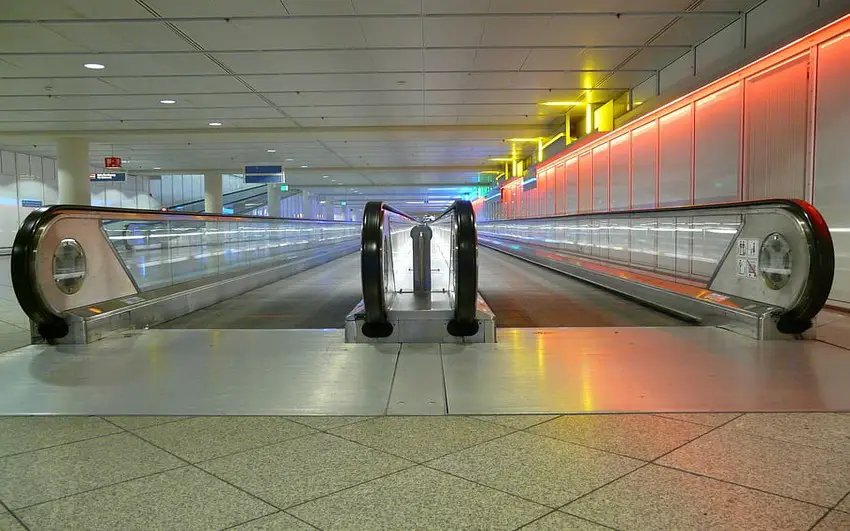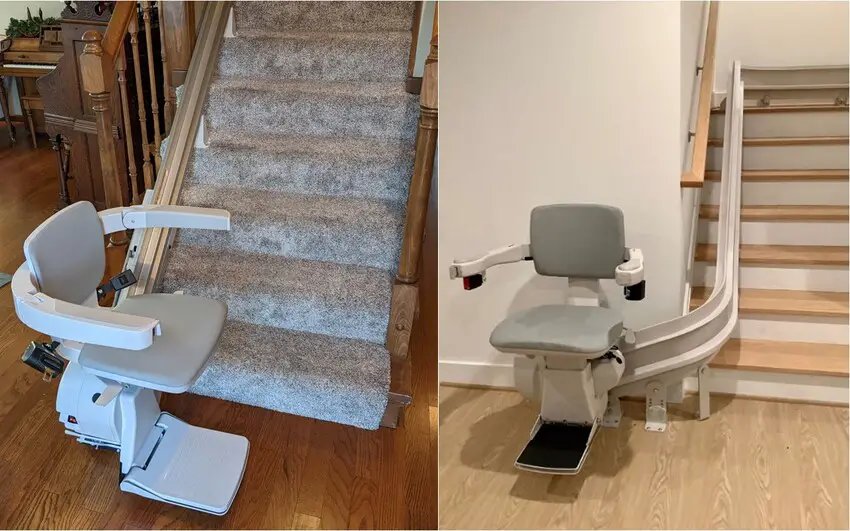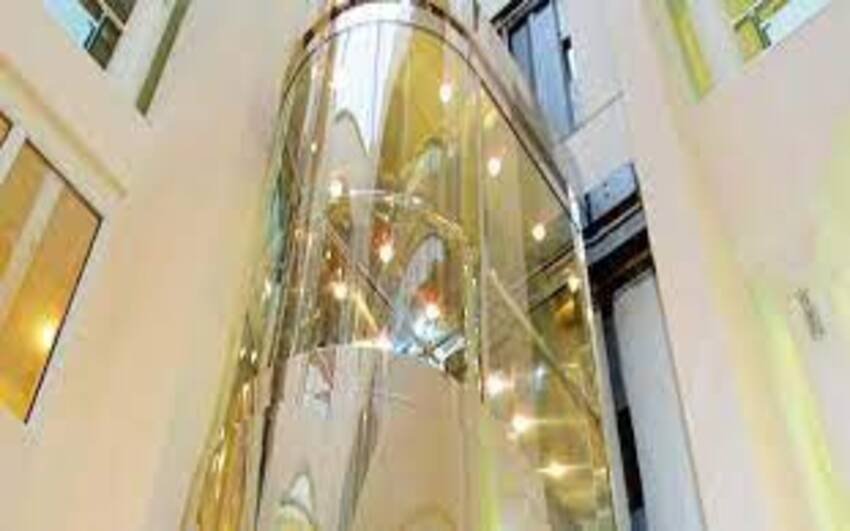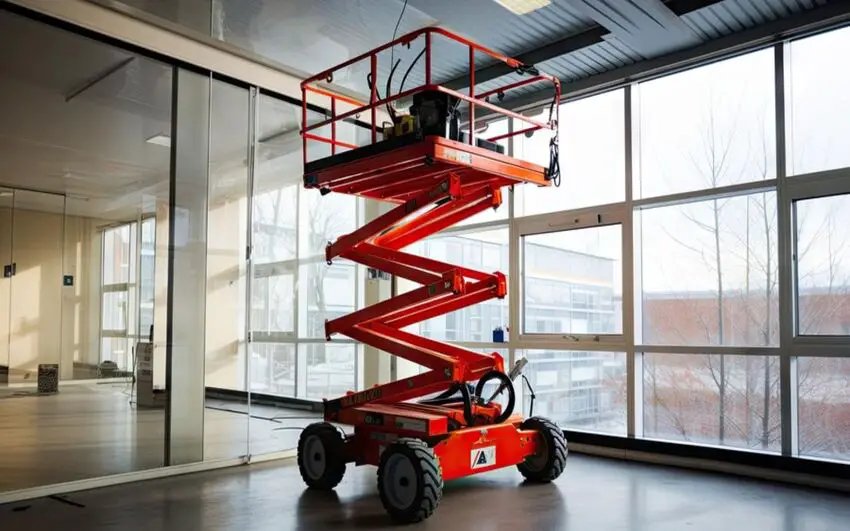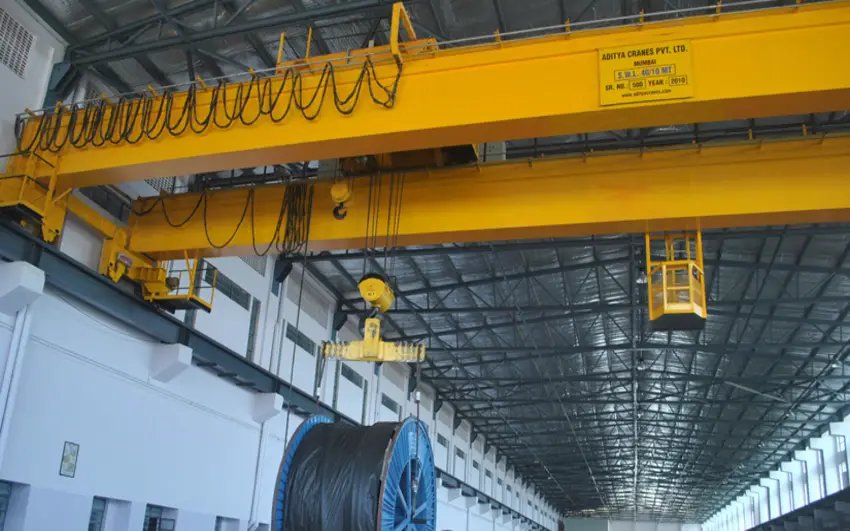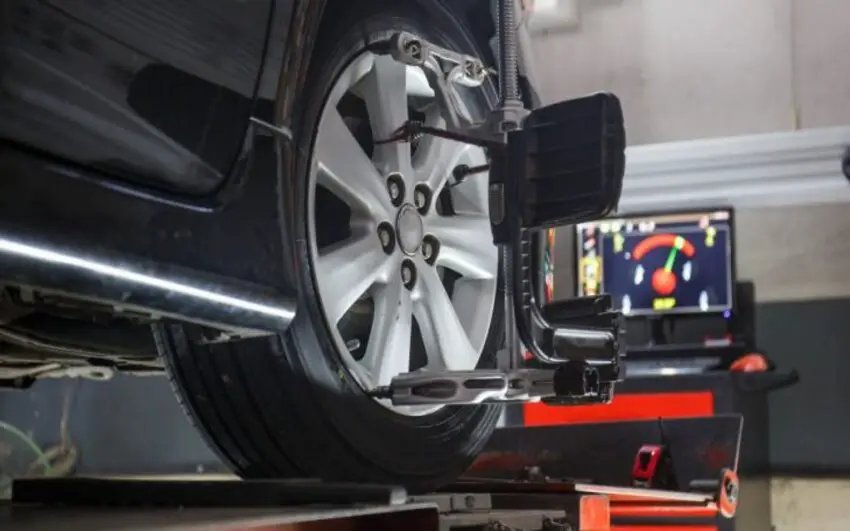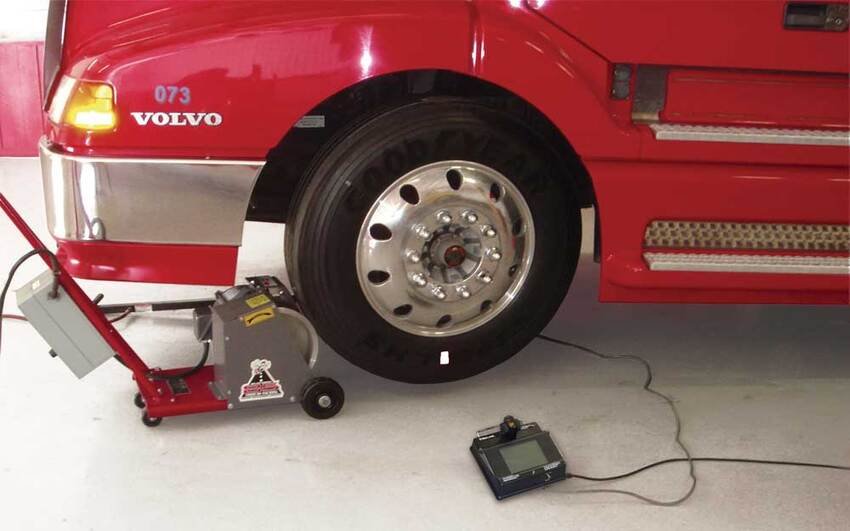Our Products
Goods Elevator
Goods elevator, alternatively termed freight or service elevator, are indispensable in commercial and industrial settings, facilitating the efficient movement of heavy loads and equipment within buildings. Unlike passenger elevator, goods elevator are purpose-built for the safe transportation of bulky items, featuring robust construction and ample space. Engineered with specialized controls and safety features, they ensure reliable operation while minimizing the risk of accidents or damage to goods and machinery. From warehouses to manufacturing plants, goods elevator play a pivotal role in optimizing logistics and enhancing operational efficiency, supporting the seamless flow of materials and contributing to overall productivity.
MRL Elevator
MRL, short for "Machine Room-Less" elevator, represents a innovative advancement in elevator technology, eliminating the need for a traditional machine room typically housing elevator machinery. Instead, MRL elevator ingeniously integrate the motor and other mechanical components within the shaft or in a compact space adjacent to it. This streamlined design not only saves valuable space within buildings but also reduces construction costs associated with building separate machine rooms. Additionally, MRL elevator offer enhanced flexibility in architectural design, as they can be installed in structures with limited space availability. This makes them an ideal choice for modern construction projects seeking to maximize usable space while maintaining efficient vertical transportation systems.
Dumbwaiter Elevator
A dumbwaiter elevator, commonly found in kitchens, restaurants, hotels, hospitals, and various commercial or residential settings, serves as a compact freight elevator specialized in transporting goods, supplies, or food between different levels of a building. Unlike passenger elevator focused on human transportation, dumbwaiters are exclusively purposed for efficiently moving goods and materials. Their smaller size and targeted functionality make them ideal for streamlining operations in settings where the transportation of items between floors is frequent and essential.
Capsule Elevator
A capsule elevator distinguishes itself with its futuristic design featuring a transparent or semi-transparent cylindrical or elliptical capsule-shaped car. This unique aesthetic is commonly sought after in commercial buildings, hotels, shopping malls, and tourist attractions where visual experience and aesthetic appeal are paramount. These elevator serve not only as a means of vertical transportation but also as an architectural feature, enhancing the overall ambiance and modernity of the space they occupy. With their sleek and innovative design, capsule elevator offer both functionality and visual allure, providing passengers with a memorable and immersive ride experience.
Escalator
An escalator, a dynamic assembly of steps moving up or down on tracks, provides a convenient means for individuals to traverse between different levels of a building without relying on conventional stairs. Ubiquitous in settings such as shopping malls, airports, train stations, department stores, and various public spaces, escalators fulfill the demand for efficient vertical transportation of people. Offering a seamless and effortless experience, escalators accommodate high volumes of pedestrian traffic, contributing to the smooth flow of movement within busy environments. Their widespread presence underscores their significance as essential elements in modern infrastructure, enhancing accessibility and facilitating the efficient navigation of multi-level structures.
Travelator
A travelator, alternatively referred to as a moving walkway or moving sidewalk, presents a horizontal conveyor system designed to transport individuals between various points within a building or over short distances, typically on a level surface. Comprising a sequence of metal or rubber belts or pallets that move continuously in a loop, the travelator enables passengers to either stand or walk while being conveyed. This innovative mechanism enhances convenience and expedites movement, particularly in settings such as airports, train stations, shopping centers, and transit hubs, where efficient pedestrian flow is essential. The integration of travelators into modern infrastructure underscores their role in optimizing accessibility and streamlining transit experiences for individuals navigating diverse environments.
Moving Walkways
Moving walkways, alternatively labeled as moving sidewalks or travellators, serve as horizontal conveyor systems engineered to shuttle individuals across short to medium distances within buildings or between transportation terminals. Comprising a flat surface, usually crafted from metal or rubber, these walkways smoothly traverse a continuous loop, facilitating the controlled transportation of passengers at a steady pace. Renowned for their efficiency and convenience, moving walkways streamline pedestrian flow in bustling environments such as airports, train stations, and large commercial complexes. By offering a swift and effortless means of transit, they enhance accessibility and contribute to the seamless navigation of diverse urban landscapes, ultimately enriching the overall travel experience for commuters and travelers alike.
Stair Lift
A stair lift, alternatively termed a stair chair lift or stairlift, stands as a motorized aid meticulously crafted to support individuals with mobility challenges in traversing stairs. It comprises a chair or platform affixed to a rail system intricately installed along the staircase. As the stair lift glides along this rail system, users can ascend or descend stairs effortlessly, eliminating the need for manual climbing. This innovative device not only fosters independence and autonomy but also enhances safety and convenience for individuals facing mobility limitations. By providing a reliable and user-friendly solution for navigating stairs, stair lifts significantly improve accessibility within homes and public spaces, empowering individuals to move freely and comfortably within their environments.
Penoramic Elevator
A panoramic elevator, often referred to as a scenic elevator or observation elevator, elevates the passenger experience by offering transparent or translucent walls that afford captivating panoramic views of the surrounding environment during ascent or descent between floors. This innovative design not only enhances the aesthetic appeal of the elevator but also provides passengers with a unique and immersive journey, allowing them to appreciate the beauty of their surroundings while in transit. Whether installed in hotels, commercial buildings, or tourist attractions, panoramic elevator elevate the overall ambiance and provide passengers with a memorable and visually stimulating experience as they travel vertically through the building.
Scissor Lift
A scissor lift, alternatively recognized as a platform lift, serves as a fundamental piece of vertical lifting equipment extensively employed in construction, maintenance, industrial, and warehousing contexts. Its fundamental structure comprises a platform affixed to folding supports, referred to as scissor mechanisms, capable of vertically extending and retracting to facilitate the elevation or descent of the platform. This versatile machinery provides a stable and secure platform for workers and materials, enabling efficient access to elevated areas and ensuring safe execution of tasks at various heights. Whether utilized for installing fixtures, conducting inspections, or handling inventory, scissor lifts play a pivotal role in enhancing productivity and safety across diverse industries and work environments.
EOT Crane
An Electric Overhead Traveling (EOT) crane, also referred to as a bridge crane or overhead crane, represents a crucial industrial lifting apparatus employed for horizontally transporting heavy loads within facilities or workspaces. Predominantly utilized in manufacturing, construction, warehouses, and various industrial environments, EOT cranes facilitate the efficient handling of substantial materials or equipment. These versatile cranes feature a robust design, typically mounted on overhead runways, allowing them to traverse horizontally along the length of a facility while lifting and moving heavy loads with precision and reliability. With their capability to streamline material handling processes and enhance productivity, EOT cranes play an indispensable role in optimizing operations across a spectrum of industrial sectors.
JIB Crane
A jib crane, characterized by its horizontal boom, or jib, affixed to a vertical mast or support structure, stands as a versatile lifting apparatus widely employed across various industries. The pivotal feature of a jib crane lies in its ability to rotate horizontally around the mast, offering lateral movement and flexibility for lifting and transporting loads within a designated radius. This design enables efficient material handling in confined spaces or specific work areas, enhancing productivity and streamlining operations. Whether utilized in manufacturing facilities, warehouses, or construction sites, jib cranes serve as invaluable assets for lifting and moving loads with precision and ease, contributing to the optimization of workflow and the attainment of operational efficiency.
Wheel Alignment
Wheel alignment stands as a paramount facet of vehicle upkeep, encompassing the adjustment of wheel angles to guarantee their alignment perpendicular to the ground and parallel to one another. This meticulous adjustment is indispensable for maintaining optimal vehicle handling, prolonging tire lifespan, and maximizing fuel efficiency. By ensuring that the wheels are precisely aligned according to manufacturer specifications, wheel alignment safeguards against uneven tire wear, steering instability, and unnecessary fuel consumption, thereby promoting both safety and cost-effectiveness in vehicular operation. Regular wheel alignment checks and adjustments are integral components of comprehensive vehicle maintenance routines, contributing to prolonged vehicle longevity and enhanced driving performance.
Wheel Balancer
A wheel balancer serves as a pivotal tool employed to rectify the weight distribution of a tire and wheel assembly, thereby guaranteeing a seamless and vibration-free operation while the vehicle is in motion. The balancing process is imperative as even minor discrepancies in weight distribution can trigger vibrations within the tire and wheel assembly, ultimately resulting in uneven tire wear, steering wheel oscillation, and compromised ride comfort. By meticulously balancing the assembly, a wheel balancer effectively mitigates these issues, ensuring optimal performance and longevity of the tires and suspension components. This meticulous balancing procedure is an essential aspect of routine vehicle maintenance, contributing to a smoother, safer, and more enjoyable driving experience for motorists.
Hydraulic Washing Lift
A hydraulic washing lift, alternatively referred to as a hydraulic car lift or hydraulic vehicle lift, represents an indispensable automotive tool employed for elevating vehicles above the ground level, thereby facilitating maintenance, repairs, inspections, or washing of the vehicle's undercarriage. This specialized equipment harnesses hydraulic power to smoothly and safely hoist vehicles to an elevated position, granting mechanics or car wash operators convenient access to the underside of the vehicle. Whether utilized in automotive repair shops, service centers, or car wash facilities, hydraulic washing lifts streamline maintenance procedures and ensure thorough servicing of vehicles, contributing to the upkeep of vehicle performance, safety, and aesthetics.



